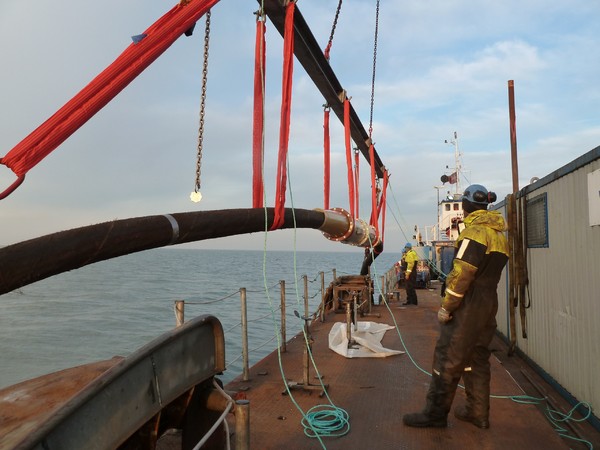There are now about 428 submarine telecoms cables in service around the world, and more than 30 subsea interconnector power cables, as well as an ever-increasing number of subsea power cables connecting offshore wind turbines in arrays and to shore. The total number of cables is constantly changing as new cables enter service and older cables are decommissioned. There are over 1.1 million kilometres of submarine telecoms cables in service globally.
There are numerous types of subsea telecoms and power cables which may or may not be protected by being buried or covered by a protective material. It is unusual for telecoms cables laid in deep water to be protected whereas it is typical to protect power cables that are commonly laid in relatively shallow water. Whether or not buried or covered, a cable is vulnerable to three broad types of damage from which claims may arise.
First, damage resulting from faulty manufacturing or installation. Second, damage arising from natural causes such as submarine landslides, sediment mobility, seismic activity or iceberg scour. Third, damage caused by human error or accident such as fishing, anchoring or dredging, which is the most common cause of damage we see.
Investigating cause
When presented with a cable damage claim it is important to obtain information on the nature of the damage and to establish the cause. If the damage has arisen from anchoring or fishing then determining the vessel responsible is a key point. It may also be relevant to investigate whether the cable was properly protected and maintained. Clearly the method and consequent cost of repair is of particular interest.
It is also important to understand international or national legislation including the United Nations Convention on the Law of the Sea (UNCLOS), Convention on the International Regulations for Preventing Collisions at Sea (COLREGs), relevant to the damaged cable. Submarine cables are marked on charts, and in Europe the Kingfisher programme alerts fishermen to cable laying, exposure and repair, through bulletins and interactive charts.
Automatic Identification System (AIS) or Vessel Monitoring System (VMS for fishing vessels) data is key information in determining a vessel causing damage. LOC enters this data to its MADAS (Marine Accident Data Analysis Suite) system, which enables vessel plots to be overlaid onto charts, determining which vessel was crossing the fault location at the time of failure. A bathymetry chart available from a cable fault location survey may show seabed scars from anchor or fishing gear. This can assist in identifying the vessel responsible.
Cable repairs
Most telecoms cable owners self-insure their cables, and pay into a consortium or co–operative that has a repair vessel on standby to conduct repairs at short notice from a stock of compatible joints and cables. This minimises the cost and timescale of such repairs.
Power cable repairs are generally more costly as they rely on contingency plans and framework agreements with cable installation/repair companies and their own stock of spare cable and subsea joints. Power cable repairs are frequently in the range of £6m to £10m. Typically a jointing vessel will need to be mobilised and the jointing operation can take approximately five days per power cable joint, compared to one or two days for a telecoms fibre optic cable joint. Generally, a telecoms cable repair can be completed within 10 to 15 days from failure, whilst a power cable joint often takes 40 to 60 days to complete the repair. Consequential loss claims resulting from telecoms or in particular power cable damage can be substantial.
www.loc-group.com
